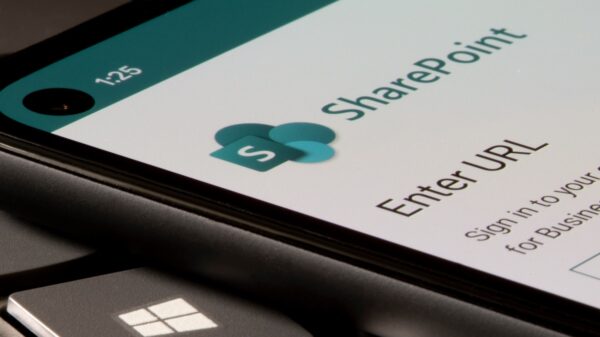In early 2021, security researchers identified a variant of the infamous Ryuk ransomware that is capable of lateral movement within the infected networks.
Active since at least 2018 and believed to be operated by Russian cyber-criminals, the Ryuk ransomware has been involved in numerous high-profile attacks and researchers estimate the enterprise is worth $150 million.
Ryuk has long been associated with the TrickBot malware, supposedly being operated by the same gang. However, the ransomware’s operations have continued even after a TrickBot takedown attempt by Microsoft and other organizations.
Sometimes also distributed through Emotet, Ryuk has been heavily reliant on BazarLoader for distribution since September 2020, with phishing emails used as the attack vector.
In a recently published report, the French National Agency for the Security of Information Systems (ANSSI) said that it identified one Ryuk sample that could spread automatically within infected networks earlier this year.
The ransomware has long relied on the use of other malware for the initial deployment and did not show signs of worm-like capabilities before, although it was able to encrypt data on network shares and removable drives.
Ryuk uses a combination of symmetric (AES) and asymmetric (RSA) algorithms for encryption, kills specific processes on the infected system, appends the .RYK extension to the encrypted files, can turn on workstations using the Wake-on-LAN feature, and destroys all shadow copies to prevent data recovery.
The newly identified version of Ryuk has all of the functions typically found within the ransomware, with the ability to replicate itself over the local network added on top.
To propagate to other machines, the ransomware copies the executable on identified network shares with a rep.exe or lan.exe suffix, after which it creates a scheduled task on the remote machine.
“Through the use of scheduled tasks, the malware propagates itself – machine to machine – within the Windows domain. Once launched, it will thus spread itself on every reachable machine on which Windows RPC accesses are possible,” ANSSI explains.
The French agency also notes that the identified sample does not appear to include a mechanism for blocking its execution, meaning that the same device could be re-infected over and over again.
Related: Anatomy of Ryuk Attack: 29 Hours From Initial Email to Full Compromise
Related: U.S. Hospitals Warned of Imminent Ransomware Attacks From Russia
Related: Backup or Disaster Recovery for Protection Against Ransomware?















